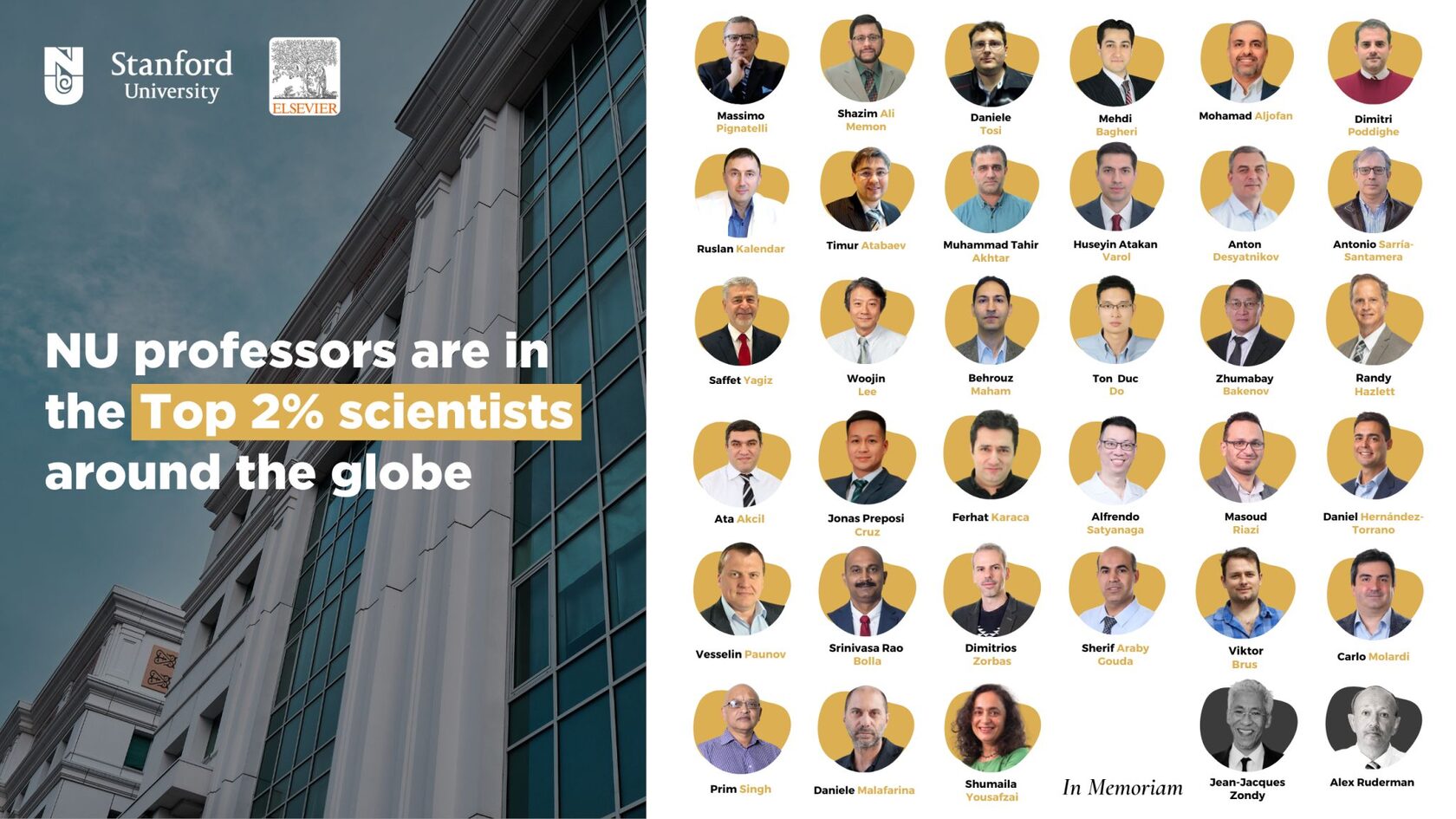I’m honored to be included in Stanford University and Elsevier’s prestigious ranking of the top 2% of scientists globally. Yet, as proud as I am to represent my university on this list, I can’t help but notice a glaring fact: I am the only female from my institution to have made it here. Women make up a significant percentage of researchers worldwide, yet very few of us reach top positions or are recognized on lists like these. This raises uncomfortable but important questions: Are we less capable? Why aren’t we progressing at the same rate as our male colleagues? Is this not something our universities and institutions should be addressing?
Despite the growing number of women in research, structural barriers persist. Whether it’s unconscious bias, lack of opportunities, or the absence of women in decision-making roles, these challenges prevent us from realizing our full potential. We can’t be what we can’t see. If young women researchers don’t see others like them breaking through, becoming role models and mentors, how can they aspire for greatness?
Universities need to prioritize creating environments where women can thrive—providing mentorship, promoting equity in recognition, and eliminating the barriers that hinder our progress. We must champion the visibility of women in science, not just for ourselves, but for the next generation of researchers. Because when young women see others like them excelling, they begin to believe they can too.
The journey towards gender equity is long, but with collective effort, we can break the glass ceilings that still hold us back. Let's ensure the future is one where women are equally represented at the top.
Despite the growing number of women in research, structural barriers persist. Whether it’s unconscious bias, lack of opportunities, or the absence of women in decision-making roles, these challenges prevent us from realizing our full potential. We can’t be what we can’t see. If young women researchers don’t see others like them breaking through, becoming role models and mentors, how can they aspire for greatness?
Universities need to prioritize creating environments where women can thrive—providing mentorship, promoting equity in recognition, and eliminating the barriers that hinder our progress. We must champion the visibility of women in science, not just for ourselves, but for the next generation of researchers. Because when young women see others like them excelling, they begin to believe they can too.
The journey towards gender equity is long, but with collective effort, we can break the glass ceilings that still hold us back. Let's ensure the future is one where women are equally represented at the top.


